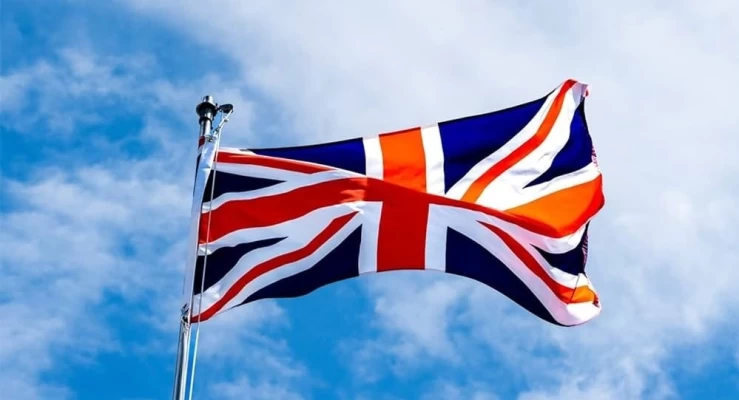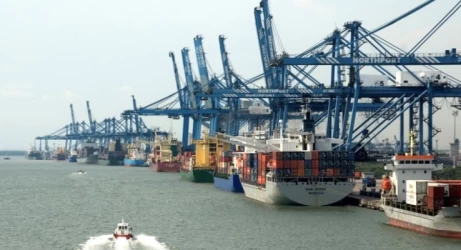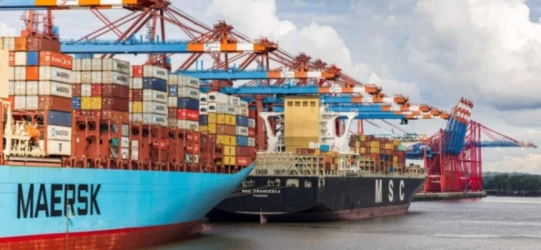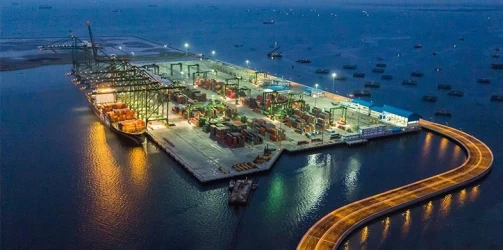Guide to Trade with England, Sea Transportation
Trading with England via sea transportation is a vital aspect of international commerce. As an island nation, the United Kingdom (UK) relies heavily on maritime trade to connect with global markets. This guide provides an overview of the key elements involved in trading with England, focusing on sea transportation.
Importance of Maritime Trade
Maritime trade is crucial for the UK’s economy. Approximately 95% of all UK imports and exports by volume are transported by sea. The maritime sector supports over £47 billion in business turnover and provides 220,100 jobs across the UK. The global maritime trade volumes are expected to triple by 2050, highlighting the growing importance of this sector.
Key Ports in England
England boasts several major ports that facilitate international trade. Some of the most significant ports include:
- Port of Felixstowe: The largest container port in the UK, handling over 40% of the country’s containerized trade.
- Port of Southampton: Known for its cruise and container terminals, it is a key gateway for trade with North America and the Far East.
- Port of London: One of the oldest ports, it handles a diverse range of cargo, including oil, containers, and bulk commodities.
- Port of Liverpool: A major port for trade with the Americas, it has extensive facilities for container and bulk cargo.
Shipping Routes and Logistics
Efficient shipping routes and logistics are essential for successful trade with England. Key shipping routes include:
- North Atlantic Route: Connecting the UK with North America, this route is vital for transatlantic trade.
- Suez Canal Route: Linking the UK with Asia and the Middle East, this route is crucial for trade with these regions.
- European Short Sea Routes: Connecting the UK with mainland Europe, these routes are essential for intra-European trade.
Logistics services, including warehousing, customs clearance, and freight forwarding, play a critical role in ensuring the smooth flow of goods.
Regulatory Framework
Trading with England involves navigating a complex regulatory framework. Key regulations include:
- Customs Procedures: Importers and exporters must comply with UK customs regulations, including the submission of customs declarations and payment of duties and taxes.
- Safety and Environmental Standards: The UK adheres to international safety and environmental standards, including the International Maritime Organization (IMO) regulations.
- Trade Agreements: The UK has trade agreements with various countries, which can impact tariffs and trade barriers.
Challenges and Opportunities
While trading with England offers numerous opportunities, there are also challenges to consider:
- Brexit: The UK’s departure from the European Union has introduced new customs procedures and trade barriers, impacting trade with EU countries.
- Sustainability: The maritime industry is under pressure to reduce its environmental impact. Investing in green technologies and sustainable practices can provide a competitive edge.
- Technological Advancements: Embracing digitalization and smart shipping technologies can enhance efficiency and reduce costs.
Conclusion trade with England
Trading with England via sea transportation is a dynamic and evolving landscape. By understanding the key ports, shipping routes, regulatory framework, and challenges, businesses can effectively navigate this sector and capitalize on the opportunities it presents. The UK’s commitment to maritime trade and its strategic location make it a vital hub for global commerce.
If you have any specific questions or need further details, feel free to ask!










